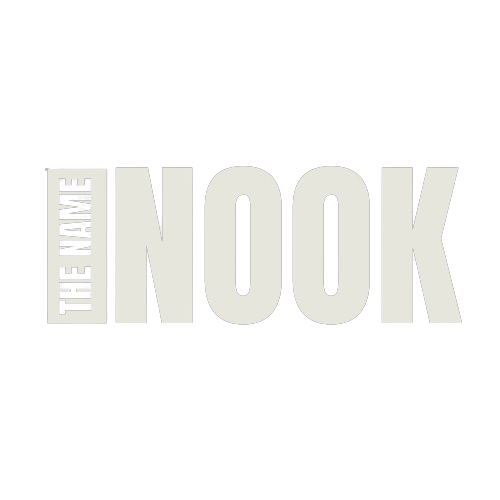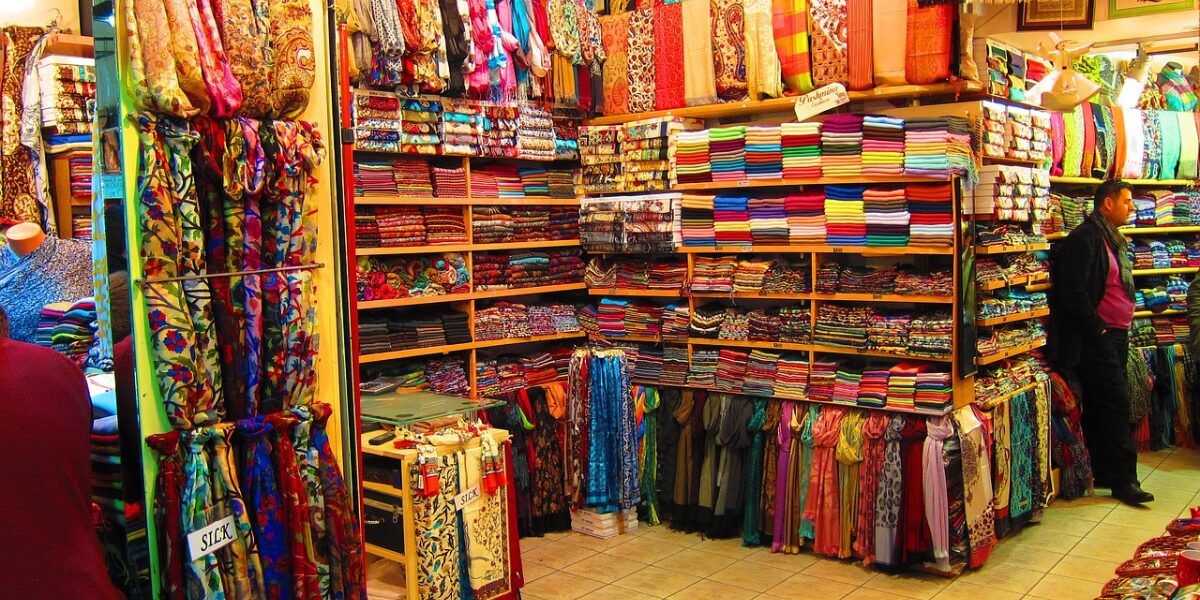In the ever-evolving world of custom apparel printing, innovation continues to reshape the industry. One of the latest breakthroughs is Direct to Film (DTF) transfers, which are gaining popularity for their exceptional versatility. DTF transfers deliver high-quality prints with vibrant colors and intricate details on various fabric types. Whether you’re a small business owner, DIY enthusiast, or part of a large-scale production, exploring Custom DTF Transfers can unlock exciting new opportunities for your projects.
ALSO READ> Key Features and Differences
What are DTF Transfers?
Direct to Film (DTF) transfers are a heat transfer method where designs are printed directly onto specialized films and then applied to various fabrics using a heat press. Unlike traditional screen printing or Direct to Garment (DTG) printing, DTF eliminates the need for fabric pre-treatment and works efficiently on a wider range of materials, including cotton, polyester, nylon, and blends.
How Do DTF Transfers Work?
The process of creating a DTF transfer involves several essential steps:
- Design Creation: Begin by designing your artwork using graphic design software. The design is then printed in reverse onto a PET (Polyethylene Terephthalate) film using a DTF printer.
- Adhesive Powder Application: While the ink is still wet, a specialized adhesive powder is applied to the printed film. This powder adheres to the ink, ensuring the design will bond with the fabric during heat transfer.
- Curing: The printed film with adhesive powder is then cured by running it through a dryer or heat press for a brief period. This step melts the adhesive, preparing the transfer for application.
- Heat Transfer: The cured film is positioned on the fabric, and a heat press is used to apply heat and pressure, activating the adhesive and securing the design to the fabric.
- Peeling the Film: Once the fabric cools, the PET film is peeled away, revealing a vibrant, durable design.
Advantages of Custom DTF Transfers
Custom DTF transfers provide several key advantages that make them a popular choice for apparel printing:
- Versatility: DTF transfers can adhere to a variety of fabrics, including challenging materials like polyester and nylon. This makes them perfect for creating custom sportswear, promotional items, and fashion apparel.
- Vibrant Colors and Fine Details: They deliver bright, vivid colors and sharp, intricate designs, even on dark fabrics. This makes them ideal for detailed logos and complex artwork.
- Durability: DTF transfers produce prints that can withstand multiple washes without fading, cracking, or peeling, making them suitable for regular wear.
- Cost-Effective for Small Runs: DTF transfers are more affordable for small production runs compared to traditional screen printing, making them great for custom orders or limited-edition designs.
- No Pre-Treatment Required: Unlike DTG printing, DTF transfers don’t require pre-treating garments, saving time and reducing labor costs.
ALSO READ> Commercial LED High Bay Lights
Applications of Custom DTF Transfers
The versatility of DTF transfers makes them ideal for various applications:
- Custom T-Shirts: Whether for promotional events or personalized gifts, DTF transfers enable high-quality, custom designs on a wide array of t-shirt fabrics.
- Sportswear: Perfect for creating custom sportswear such as jerseys, caps, and hoodies, DTF transfers easily adhere to synthetic materials like polyester.
- Fashion Apparel: Fashion designers and boutique owners can utilize DTF transfers to craft unique, limited-edition pieces featuring intricate designs.
- Workwear: Businesses can leverage DTF transfers to produce branded workwear that endures daily use, ensuring logos and branding remain vibrant.
- Accessories: In addition to clothing, DTF transfers can be applied to bags, hats, and other accessories, offering endless possibilities for customization.
How to Get Started with Custom DTF Transfers
If you’re looking to incorporate DTF transfers into your custom apparel projects, here’s how to begin:
- Invest in the Right Equipment: To create your own DTF transfers, you’ll need a DTF printer, a heat press, PET films, and adhesive powder. Alternatively, consider partnering with a specialized third-party provider for DTF transfers.
- Design Preparation: Use high-resolution images for your designs to ensure clarity and detail in the final print. Pay attention to color profiles and opt for vector graphics when possible to maintain scalability.
- Experiment and Practice: As with any new technique, mastering DTF transfers takes practice. Start with smaller projects to familiarize yourself with the process and refine your results.
- Stay Updated: The DTF technology landscape is rapidly evolving, with new advancements and products continually emerging. Keep yourself informed by participating in industry forums, attending trade shows, and joining webinars.
ALSO READ> Funny Things to Say When You Win a Game
Conclusion
Custom DTF transfers are transforming the apparel printing industry by providing a versatile, cost-effective, and high-quality solution for creating unique designs. Whether you’re producing small batches of t-shirts or managing a large-scale operation, DTF transfers offer the flexibility and durability necessary to realize your creative vision. As you delve into the potential of this technology, you’ll discover that your imagination is the only limit.

